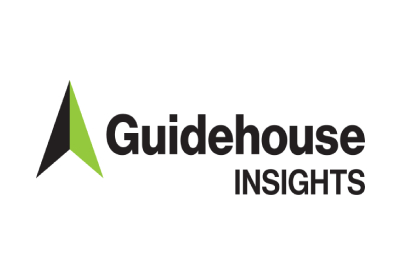Market Data: Outdoor Lighting Systems

October 15, 2020
As the efficacy of LEDs has increased and the price has declined, this lighting technology has become more desirable as an investment for outdoor lighting applications. The continued improved quality as well as superior controllability over legacy lighting technologies has helped grow the adoption of LEDs in outdoor lighting infrastructure. LEDs have continued to penetrate the market and take market share from traditional lighting technologies such as high pressure sodium (HPS), metal halide, induction, and fluorescents.
Lighting controls, although also on the rise, have not seen the same levels of adoption as LEDs. Advanced controls are still limited as lack of standardization, complexity of systems, and cost can be prohibitive to adoption. Municipalities and owners generally use basic controls such as dimming and automatic on-off controls at night or in the morning. More advanced controls have begun to see an uptick in adoption though still limited. Broader smart city initiatives have played a role in the growth of smart streetlighting deployments.
This Guidehouse Insights report examines the global market for outdoor lighting and controls in city parks and public areas, sports parks, commercial site lighting, parking lots, parking garages, university and college campuses, roadways and highways, and other outdoor lighting applications. The study provides a brief analysis of the market issues, developments, and regional trends surrounding outdoor lighting systems. Global market forecasts for luminaire and lamp unit shipments and revenue, segmented by lamp type, product type, application area, and region, extend through 2029. The forecast also includes lighting controls unit shipments and revenue for motion sensors, photosensors, intelligent controls, and controls software.









![Guide to the Canadian Electrical Code, Part 1[i] – A Road Map: Section 52 — Diagnostic imaging installations](https://electricalindustry.ca/wp-content/uploads/2022/11/Guide-CE-Code-2.png)






